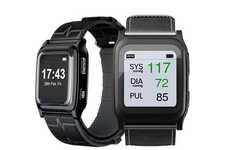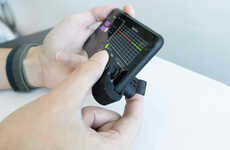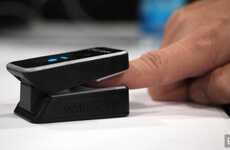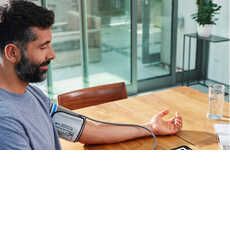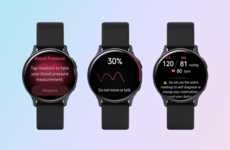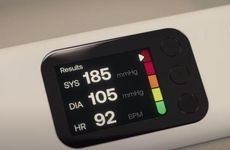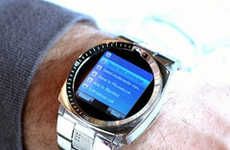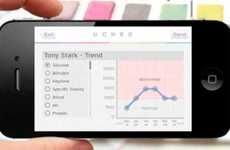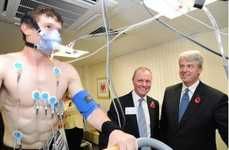
University of Leicester Changes the Face of Blood Pressure Measurement
Michael Plishka — February 22, 2011 — Lifestyle
References: healthstats & eurekalert.org
Researchers at the University of Leicester and in Singapore have developed a wristwatch-like device that senses the pulse and then mathematically models what the pressure is within the aorta near the heart.
These are more accurate measurements and they result from a more comfortable testing method, which then allow doctors to be able to create more effective treatments that are based on real-time data. This revolutionary method then averages an individual's blood pressure over a span of 24 hours, presenting a final number which is free of outliers such as increase in blood pressure over exercise.
Said, Professor Bryan Williams:
“I am under no illusion about the magnitude of the change this technique will bring about. It has been a fabulous scientific adventure to get to this point and it will change the way blood pressure has been monitored for more than a century. The beauty of all of this, is that it is difficult to argue against the proposition that the pressure near to your heart and brain is likely to be more relevant to your risk of stroke and heart disease than the pressure in your arm."
Photo Credits:
University of Leicester
These are more accurate measurements and they result from a more comfortable testing method, which then allow doctors to be able to create more effective treatments that are based on real-time data. This revolutionary method then averages an individual's blood pressure over a span of 24 hours, presenting a final number which is free of outliers such as increase in blood pressure over exercise.
Said, Professor Bryan Williams:
“I am under no illusion about the magnitude of the change this technique will bring about. It has been a fabulous scientific adventure to get to this point and it will change the way blood pressure has been monitored for more than a century. The beauty of all of this, is that it is difficult to argue against the proposition that the pressure near to your heart and brain is likely to be more relevant to your risk of stroke and heart disease than the pressure in your arm."
Photo Credits:
University of Leicester
Trend Themes
1. Health-monitoring Watches - Wristwatch-like health-monitoring devices that accurately measure blood pressure and heart rate, in real-time.
2. Real-time Data Analysis - Technologies that mathematically model real-time data from wearable devices for accurate monitoring of vital signs.
3. Non-invasive Diagnostic Devices - The development of non-invasive devices that can advance diagnostics and treatment programs by continuously monitoring patient telemetry data.
Industry Implications
1. Healthcare Industry - Disruptive innovation opportunities to create solutions that can improve diagnosis, treatment, and monitoring of patients through smart, non-invasive, wearable diagnostic devices.
2. Fitness Industry - Opportunities to integrate real-time health monitoring wristwatch-like devices into the interior of fitness wearables to enhance customer experience and health tracking.
3. Medical Devices Industry - Opportunities for medical device companies that offer innovative technologies to develop and bring to market new diagnostic devices that would more accurately measure blood pressure.
2.7
Score
Popularity
Activity
Freshness


